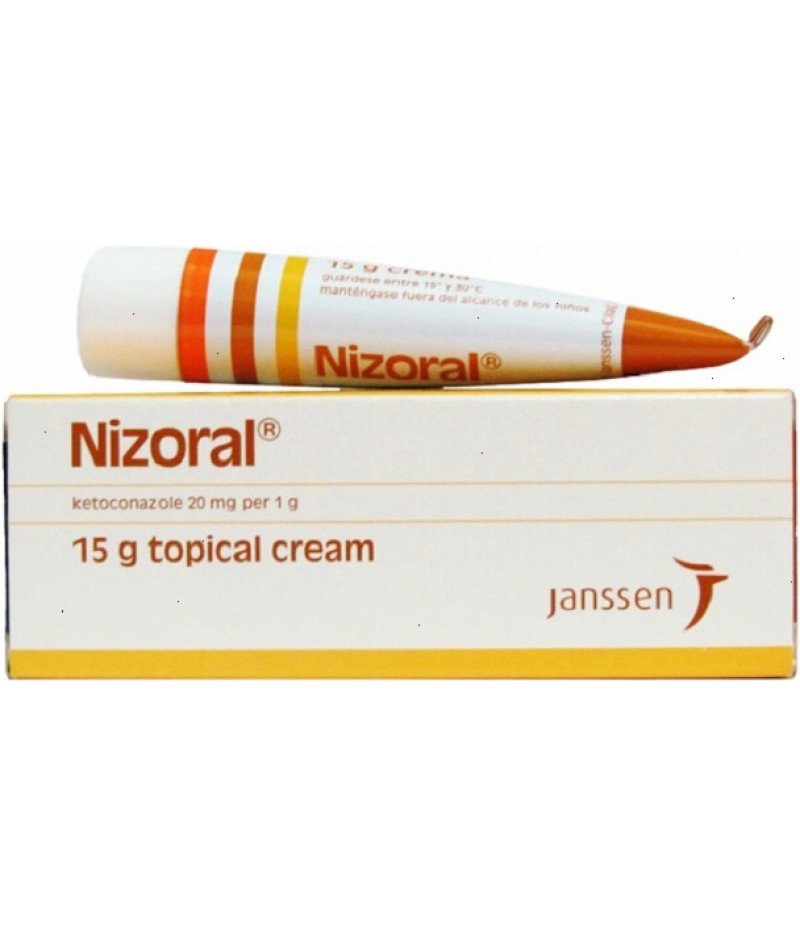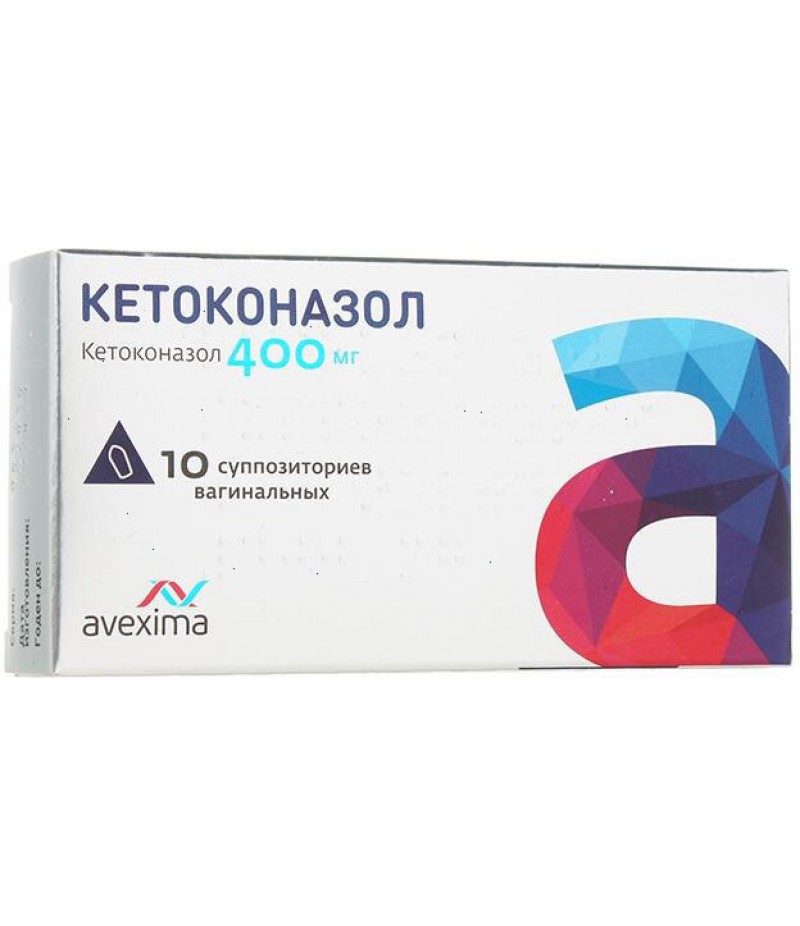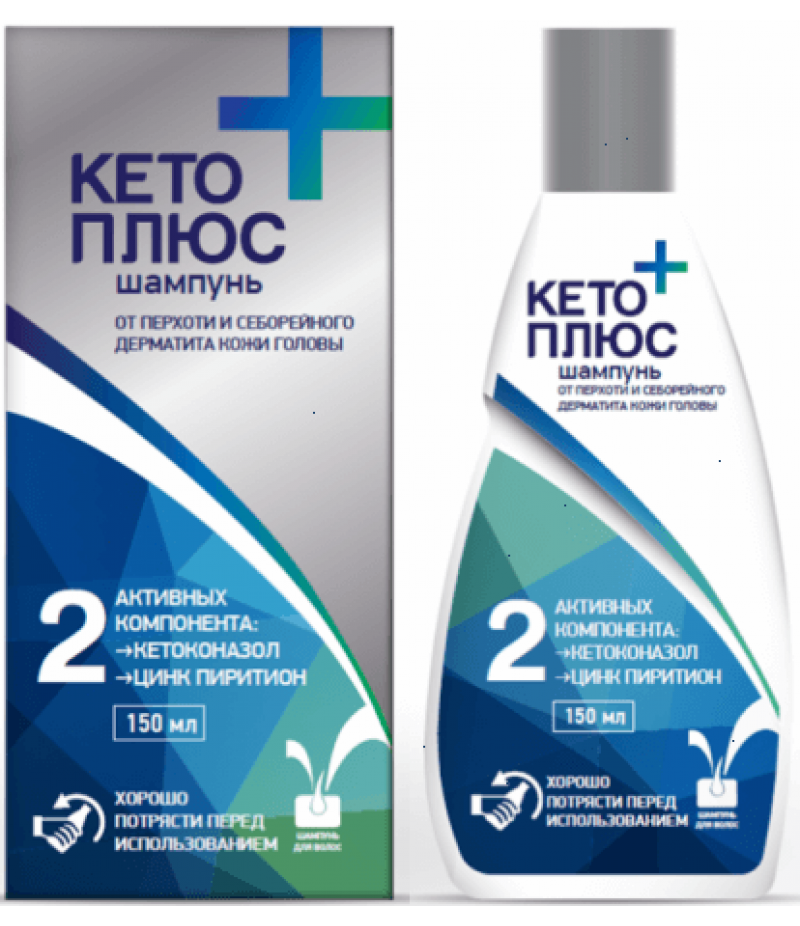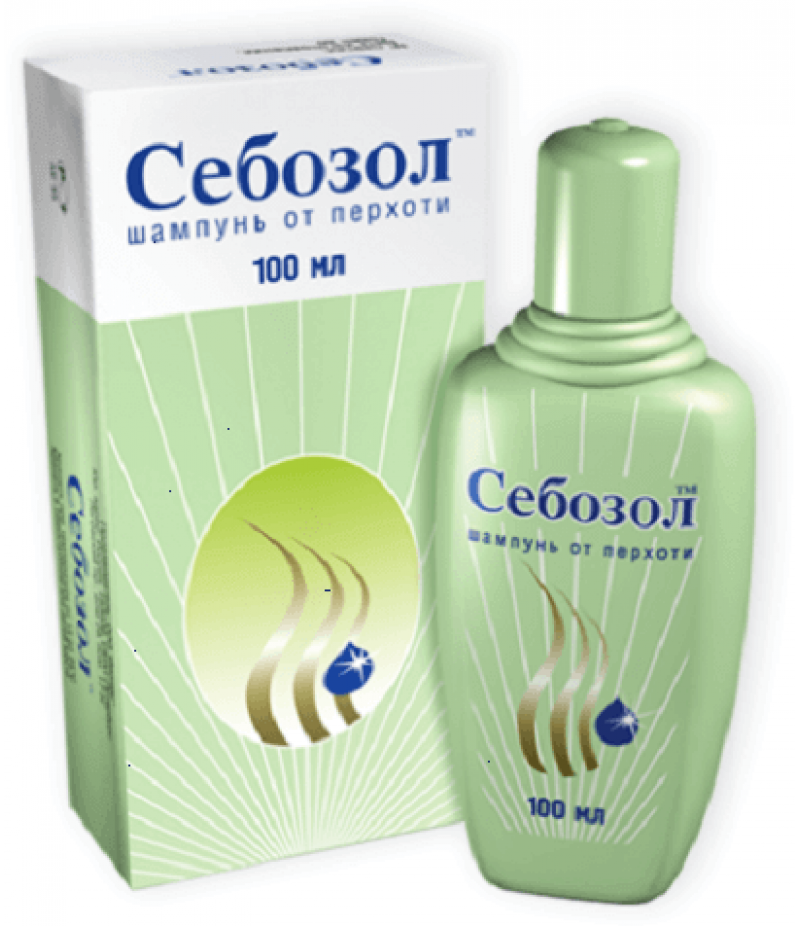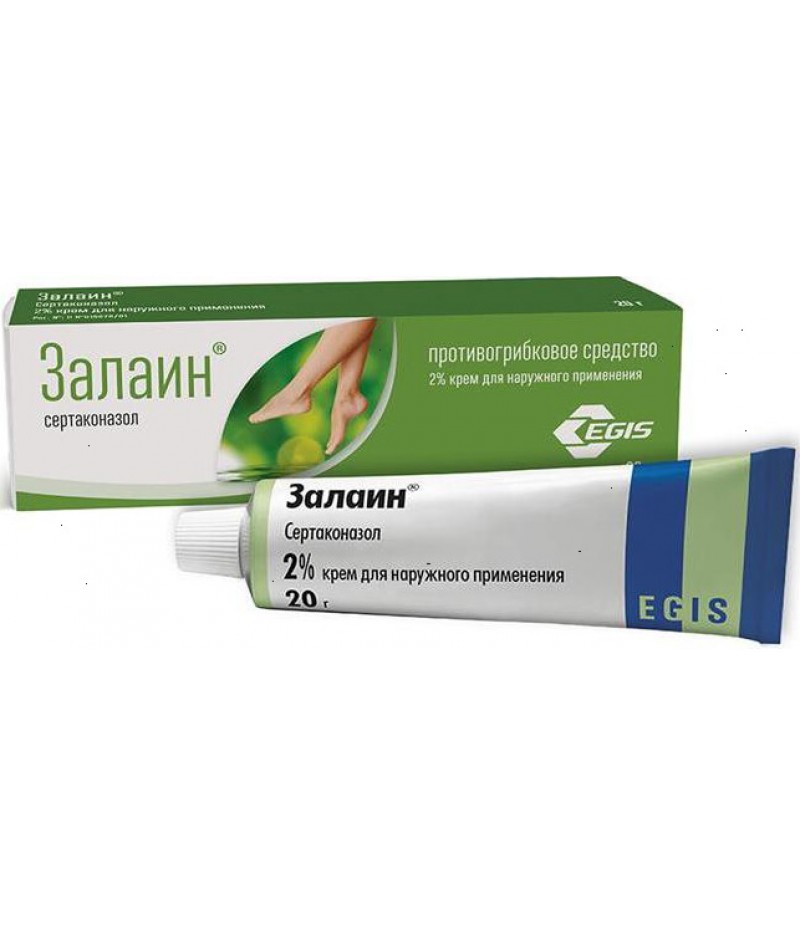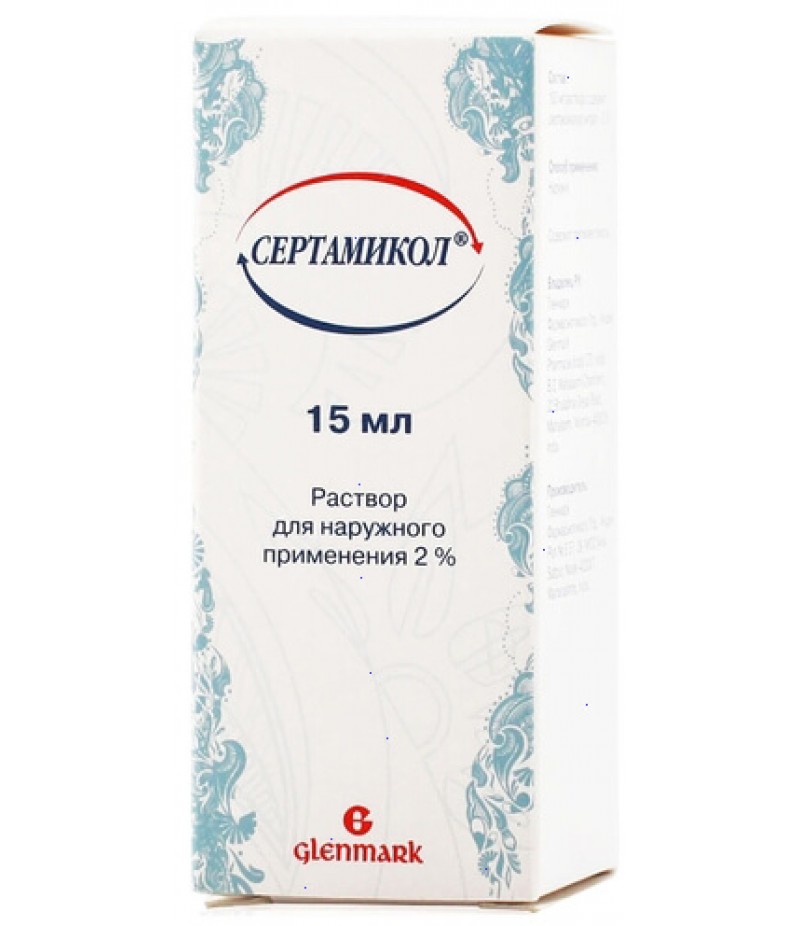Nizoral cream 20mg/gr 15gr
- $28.20
- 3 or more $27.55
- Availability:In Stock
Nizoral cream instruction for useYou can buy Nizoral on this pageComposition 1 gram of the same name cream includes 20 mg of ketoconazole. Additional substances: propylene glycol, sorbitan stearate, cetyl alcohol..
Tags: cream
Nizoral cream instruction for use
You can buy Nizoral on this page
Composition
1 gram of the same name cream includes 20 mg of ketoconazole. Additional substances: propylene glycol, sorbitan stearate, cetyl alcohol, stearyl alcohol, polysorbate 60, isopropyl myristate, polysorbate 80, sodium sulphite, water.
Form of issue
Cream Nizoral 2% has a white color and a uniform consistency. 15 grams of cream in tubes of aluminum tube, 1 tube in a pack of paper.
pharmachologic effect
Antifungal action.
Pharmacodynamics and pharmacokinetics
Pharmacodynamics
Ketoconazole is a synthetically produced imidazole-dioxolane derivative showing a fungicidal effect against dermatophytes, yeast (Torulopsis, Malassezia, Cryptococcus, Candida), dimorphic fungi and eumycetes (higher fungi). The least sensitive to the effects of ketoconazole: Sporothrix schenckii, fungi of the genus Aspergillus, some representatives of the genera Dermatiaceae, Mucor and other phycomycetes, except Enomophthorales. The active substance of the drug inhibits the synthesis of ergosterol in fungal cells and changes the composition of a number of membrane lipid components.
At a therapeutic daily dose of 200 mg tablets Nizoral can temporarily lower the concentration of testosterone in the blood. The concentration of testosterone comes to the initial value a day after the application of ketoconazole. In long-term treatment using the indicated dosage, the testosterone content usually differs little from normal.
Ketoconazole in tablets at a dose of 400 mg per day and above can weaken the "cortisol response" to activation of adrenocorticotropic hormone in volunteers.
2% ointment Nizoral quickly reduces itching with yeast and dermatophyte infections, a symptomatic improvement is detected even before the appearance of the first symptoms of recovery.
2% shampoo for dandruff Nizoral actively reduces peeling and itching, accompanying usually seborrheic dermatitis, pityrious deprive, dandruff.
Pharmacokinetics of cream and shampoo Nizoral
The content of ketoconazole in the blood after local application to the skin of adult patients was not determined. With the repeated application of cream in large volumes in children (over 3 grams), the likelihood of developing drug interactions to suppress the metabolism of agents transformed with CYP3A4 enzymes is also increased, and allergic events are not ruled out.
Concentrations of ketoconazole in the blood after local application of shampoo on the scalp are not determined.
Indications for use for cream Nizoral
Dermatophyte infectious skin lesions triggered by Trichophyton rubrum and mentagrophytes, Epidermophyton floccosum, Microsporum canis:
Seborrheic dermatitis, the causative agent of which is Pityrosporum ovale;
epidermophytia of feet and brushes;
candidiasis of the skin;
skin dermatomycosis;
inguinal epidermophytia;
pityriasis lichen.
Contraindications to the use of cream and shampoo Nizoral
Individual sensitivity to any of the components of the drug.
Side effects with the cream Nizoral
Possible hypersensitivity reactions, pruritus, urticaria, rash, erythema.
Cream Nizoral, instructions for use
In the treatment of skin candidiasis, inguinal epidermophytosis, dermatomycosis, epidermophytia of the feet and brushes, pityriasis lichen is advised to apply the ointment once a day to the skin of the affected and adjacent area.
In the treatment of seborrheic dermatitis, the cream is applied to the affected skin, depending on the severity of the disease up to 2 times a day
Continue treatment for a sufficient period of time: at least a few more days after the disappearance of the symptoms of the disease.
If after 4 weeks of therapy there is no improvement, the diagnosis should be reviewed. To control the sources of reinfection, general hygiene measures should be followed.
The standard duration of treatment is: pityriasis - up to 21 days, yeast infections - up to 21 days, inguinal epidermophytosis - up to 28 days, dermatomycosis - up to 28 days, epidermophytia stop - up to 42 days.
The standard duration of treatment for seborrheic dermatitis is 2-4 weeks. With maintenance therapy of this disease, the cream is applied up to 2 times a week.
Overdose
The use of the cream in large quantities can lead to erythema, a burning sensation and edema, which disappear immediately after the cessation of treatment. If you swallow the product accidentally, you do not need to take special measures.
Data on the possibility of an overdose of shampoo are absent.
In case of overdose with tablets, the most common signs were nausea, anorexia, fatigue, drowsiness, vomiting, abdominal pain, weight loss, swelling, impaired appetite, hyperemia, increased sweating, rash, dysgeusia, gynecomastia, dermatitis, headache, diarrhea, alopecia. In this situation, it is necessary to monitor the patient's condition and receive enterosorbents. Gastric lavage is performed when there is evidence.
Interaction
Drugs that reduce the acidity of gastric juice reduce the absorption of ketoconazole.
The use of Nizoral with the following preparations is not recommended because of their high ability to lower the bioavailability of ketoconazole: microsomal oxidation stimulants such as Rifabutin, Rifampicin, Carbamazepine, Nevirapine, Isoniazid and Phenytoin.
When combined with ritonavir, it is necessary to lower the dosage of ketoconazole, since the bioavailability of the latter may increase.
Ketoconazole is able to suppress the metabolism of drugs cleaved with cytochrome P450 CYP3A. As a consequence, the effects of these drugs, including side effects, can be activated and lengthened.
The joint administration of Nizoral with the following drugs is contraindicated:
Astemizole, Bepridil, Halofantrine, Dizopyramide, Cisapride, Dofetilide, Levacetylmethadol, Misolastine, Pimozide, Quinidine, Sertindol, Terfenadine and Domperidone (due to risk of ventricular arrhythmias and increased QT interval with increasing plasma concentrations);
oral forms of triazolam and midazolam;
metabolized CYP3A4 HMG-CoA reductase blockers (Simvastatin, Lovastatin and the like);
ergot alkaloids (ergotamine, ergometrine, dihydroergotamine, methylergometrine);
Irinotecan;
Eplerenone;
Nisoldipine;
Everolimus.
If necessary, during the joint application with ketoconazole, it is necessary to reduce the dosage of the following drugs: HIV protease inhibitors, indirect anticoagulants, some antineoplastic agents (busulfan, pink vinca alkaloids, Erlotinib, Docetaxel, Imatinib), dihydropyridine slow calcium channel blockers cleavable CYP3A4, a number of immunosuppressive agents (Tacrolimus, Cyclosporine, Sirolimus), some glucocorticosteroids (Fluticasone, Budesonide, Dexamethasone, Methylprednisolone), Digoxin, Brotisolam, Alp azoles, alfentanil, buspirone, cilostazol, carbamazepine, ebastine, fentanyl, Eletriptan, quetiapine, Midazolam, repaglinide, Reboxetine, sildenafil, rifabutin, tolterodine, trimetrexate, solifenacin.
Ketoconazole increases the blood levels of sulfonylurea derivatives when they are taken and increases the risk of hypoglycemia.
In some cases, when combined with alcohol, disulfiram-like reactions were recorded, manifested by a rash, redness, nausea, peripheral edema, and headache. These symptoms passed for several hours on their own.
Storage conditions
Store at room temperature. Keep away from children.
Shelf life - 3 years.
special instructions
Cream Nizoral is forbidden to use in ophthalmic practice.
In order to prevent withdrawal syndrome after stopping prolonged treatment with local corticosteroids, it is advised to continue using local corticosteroids in the morning combining them with the use of Nizoral cream or shampoo in the evening. Then, within 15-20 days, gradually stop the therapy with steroids.
You should protect your eyes from getting shampoo in them. If this does happen, then the eyes should be rinsed with warm clean water.
Because of the high risk of hepatotoxicity, Nizoral in tablets should be used only if there are strict indications and recommendations of the doctor, given the availability of other effective antifungal drugs. Before the start of treatment, it is necessary to monitor liver function in order to exclude any diseases. During the treatment period, it is necessary to constantly monitor the blood counts, the kidneys and liver of the patient in order not to miss the first symptoms of hepatotoxicity. Patients should also be warned about the need to immediately contact the doctor if there are symptoms of hepatitis (nausea, anorexia, vomiting, jaundice, weakness, pain in the right side of the abdomen, darkening of the urine). Patients with elevated levels of hepatic enzymes or with a toxic liver disorder in the history after taking other drugs should not be prescribed therapy with Nizoral, unless this risk is justified.
The use of acidic beverages can enhance the absorption of ketoconazole.
Children
To use the cream and shampoo Nizoral no age limit.
Tablets are allowed to prescribe to children over 3 years of age:
with a body weight of 15-30 kg, apply half-tablets once a day;
at a body weight of up to 15 kg, it is not recommended to prescribe the drug;
with a body weight of more than 30 kg, the doses specified in the instructions for the treatment of adults are used.
With alcohol
Simultaneous use of the drug with alcohol is prohibited, since such a reception does not exclude a disulfiram-like reaction characterized by a rash, redness, nausea, edema and headache.
In pregnancy and lactation
Cream or shampoo against pityriasis and other diseases are allowed to use in this category of patients.
Tablets Nizoral should not be prescribed to pregnant women without strong evidence. Since ketoconazole is excreted in breast milk, lactation with taking medication is not recommended.
Reviews about cream Nizoral
The cream (ointment) according to the reviews well helps against the fungus on the skin, but the results of treatment of fungal nail infections are more modest. Cases of ineffectiveness or occurrence of side effects are rare.

